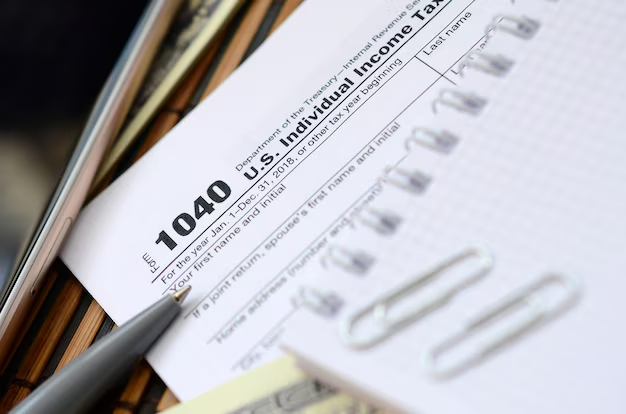Discover How to Easily Obtain Your Colorado Property Tax Statement
Navigating the world of property taxes can often feel overwhelming, especially if you're a new homeowner or have recently moved to Colorado. But when it comes to obtaining your Colorado property tax statement, the process is straightforward once you know the correct steps. This article breaks down how you can easily access your property tax statement and explores avenues for financial assistance if you find yourself needing a bit more support.
Finding Your Colorado Property Tax Statement
For Colorado residents, property taxes are assessed and collected by the county treasurer's office in each county. Here's a simple guide to help you retrieve your statement:
Visit Your County's Website: Start by going online and visiting the official website of your county's treasurer. Each county in Colorado has a different website tailored to its operations.
Search for Property Tax Information: Look for sections or tabs that reference property tax services or information. Websites often provide an easy-to-use search tool where you can locate your property by inputting your parcel number or your address and zip code.
Access Digital Tax Statements: Once you've identified your property listing, there should be an option to view or download your tax statement. Counties are increasingly offering digital statements to simplify the process.
Contact the Treasurer's Office: If you encounter any difficulty or prefer assistance, don't hesitate to reach out to the county treasurer's office directly via phone or email. They can guide you to ensure you successfully obtain your statement.
Financial Assistance for Property Taxes
If paying your property taxes seems daunting, you're not alone. Various programs exist to assist residents who may need financial support:
Property Tax Exemption Programs
Some homeowners may qualify for property tax exemptions, including senior citizens, veterans with disabilities, and other eligible groups. These exemptions can significantly reduce your tax liability. To determine your eligibility, consult your county assessor's office or navigate their online resources.
Tax Deferral Programs
Colorado offers a Senior Tax Deferral Program, enabling eligible seniors to defer payments on their property taxes. This program helps maintain financial flexibility for those on fixed incomes.
Connecting to Broader Financial Solutions
Besides handling property taxes, you might explore other financial solutions to ease monetary burdens:
- Government Aid Programs: Check your eligibility for federal or state assistance, including food benefits, unemployment compensation, and housing support.
- Debt Relief Options: If debt concerns extend beyond property taxes, explore credit counseling or debt consolidation services to streamline your financial obligations.
- Educational Grants: For those seeking to increase their educational qualifications, various grants can aid you in covering tuition and associated costs.
Useful Financial Assistance and Credit Programs
💡 Property Tax Exemptions: Reduces taxable property value for eligible groups.
🔄 Senior Tax Deferrals: Allows eligible seniors to defer property tax payments.
📊 Debt Management Services: Offers credit counseling and debt consolidation.
📚 Education Grants: Available to students seeking higher education opportunities.
🌟 Government Aid Programs: Includes housing, food, and unemployment support.
Navigating property taxes in Colorado needn't be a complicated affair when equipped with the right knowledge and resources. While property taxes are an inevitable aspect of homeownership, understanding your options for assistance and relief ensures you're well-prepared and empowered.

- How To Avoid Capital Gains Tax On Foreign Property
- How To Calculate Capital Gains Tax On Sale Of Property
- How To Avoid Capital Gains Tax On Rental Property
- How To Avoid Paying Capital Gains Tax On a Property
- How To Determine Capital Gains Tax On Sale Of Property
- How Much Is Capital Gains Tax On Inherited Property
- How To Avoid Paying Capital Gains Tax On Property
- How To Avoid Paying Capital Gains Tax On Inherited Property
- How Do i Avoid Paying Capital Gains Tax On Property
- Is Property Tax The Same As Real Estate Tax